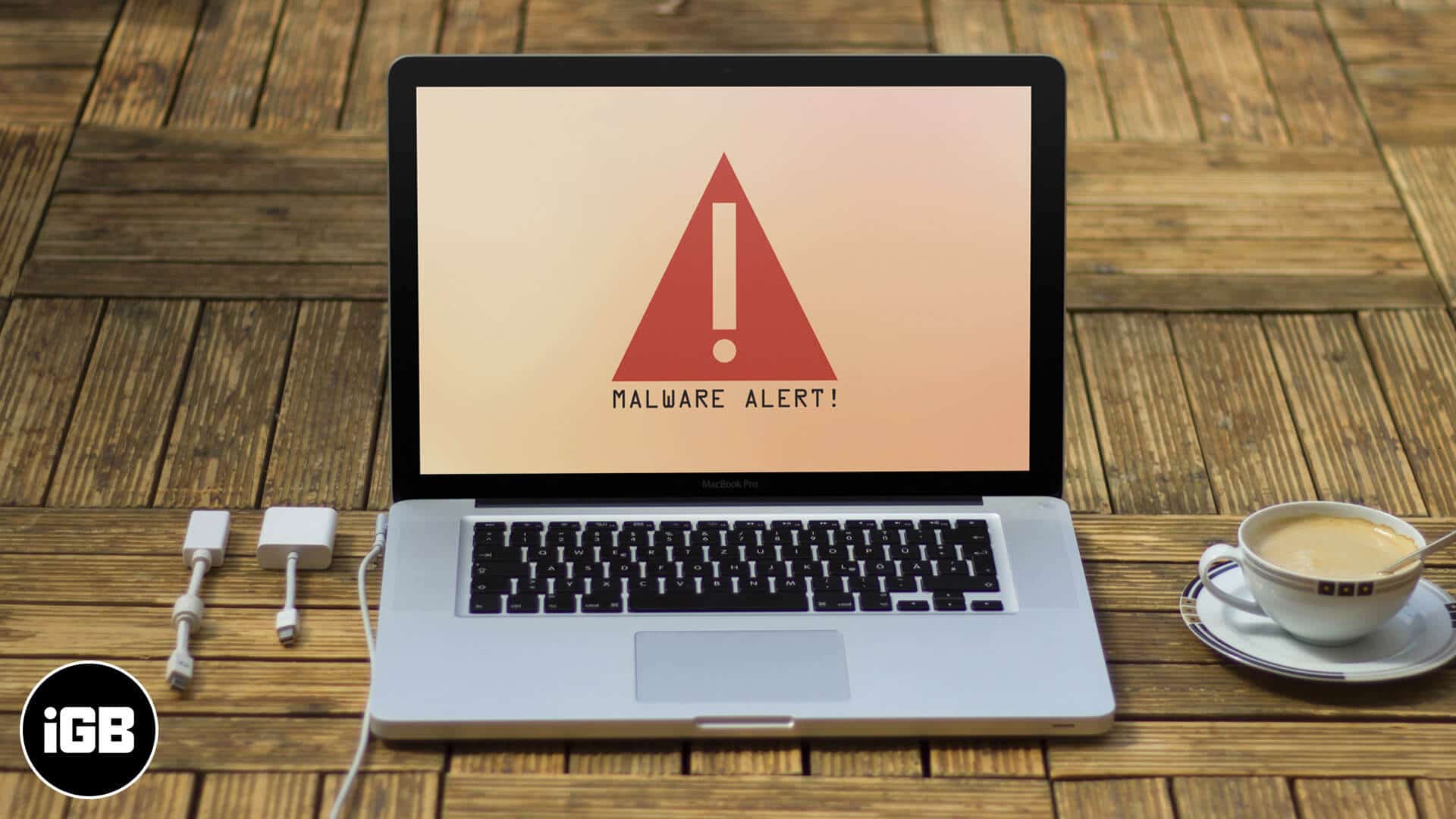Malware and Virus on macOS cannot easily penetrate users computers. Hackers’ main goal designing such things is to persuade users to click and install malicious software. Moreover, hackers also expect users to provide malware with access to files. To accomplish this difficult task, malefactors use spam messages, rogue ads, and redirects to fake websites.
Digital rogues infect the macOS device by using fake antivirus tools that pretend to scan the device and claim that this Mac is severely infected. In order to remove the infection, users are advised to click several buttons. Don’t panic. There are ways to protect your Mac from virus. But before we protect our Mac from malware, it is important to know what virus can do with Mac. Let’s take a deep dive!
What Can Virus Do With your Mac?
Most virus aimed at Mac devices are created to collect user information. Malicious code steals data from the address book. It also steals passwords and bank card information.
There are some malware pieces that use system processing power. They are called cryptominers. They mine cryptocurrencies for the benefit of an attacker. So, as a result, the computer starts working slowly, it becomes very hot.
Other virus turn Mac devices into bots and use them during DDoS attacks. Some malware strains that are not virus cause browser redirects, fake system alerts, popups. These are called adware. They are just pests, very annoying ones.
It is important to note that it is not easy to find virus that may disrupt the operating system paralyzing the device and locking down stored data. Really dangerous virus infect mostly Windows systems. It is not financially justified yet for hackers to create them for macOS.
How Does Virus Protection Work in macOS?
The operating system relies on Gatekeeper. When new apps get launched on the Mac device, the developer certificate should be verified. Besides, the app code is checked against a list of known rogue software. Gatekeeper also blocks apps with security vulnerabilities. In the end of the day users are well protected from many types of virus.
However, Apple security measures are not ideal. Virus writers can steal developers certificates. Hackers can also introduce the malicious code via an update of an app that passed systems checks long ago.
Do You Need Antivirus for Mac?
To scan Mac device for malware, users can utilize free antivirus solutions offered by the leaders of this industry. Below you can find the list of the best antivirus tools for Mac:
Those who do not trust antivirus and believe they are not needed, can scan suspicious files by uploading them to well-known online virus scanners like VirusTotal.
How to Protect your Mac from Virus
It is well known that even antivirus software may cause harm. These tools lull the vigilance and make users believe they are 100% protected, ignoring the real issues.
Antivirus tools fit Windows systems more than Mac devices. The designers of macOS did all possible things to cover you and protect from dangerous software.
Users only need to use precaution and do not forget about basic safety rules to stay safe. Here are some useful tips:
- It is crucial to install all macOS updates. Software updates are intended to patch new security vulnerabilities that attackers like to exploit
- Use the official App Store or developer websites to install all programs. Steam and other sources that distribute games or other digital products can be dangerous
- Do not visit shady websites like torrent trackers, adult sites, coupon sites, etc
- Treat all links and email attachments with caution, especial if they are sent by unfamiliar people
- Use password managers to log into important accounts. The most important passwords should be kept in your head
- Enable full disc encryption to protect personal files. Apple FileVault is created for this task
- Consider using VPNs (virtual private networks) for secure data transfers
That’s all friends!
Summing up…
Some Apple lovers who are not used to such cunning techniques and never thought that macOS could be prone to malware, fell for the trick of hackers. Such users believe they install a virus removal tool. And they do not hesitate to provide it all necessary permissions including access to system files as it seems logical that malware removal software needs these privileges to do its work well. In the end of the day, naïve users get malware that has full control over the device.
You would like to read these posts as well:
- Cleanup and Optimize your Mac with TweakBit MacRepair
- Best Parental Control Software for Mac
- Remove Most Common Mac Virises
- Intego Mac Internet Security X9 review: For virus and internet protection!
Which antivirus software do you use on your Mac? Share your feedback with us in the comment section.









Leave a Reply